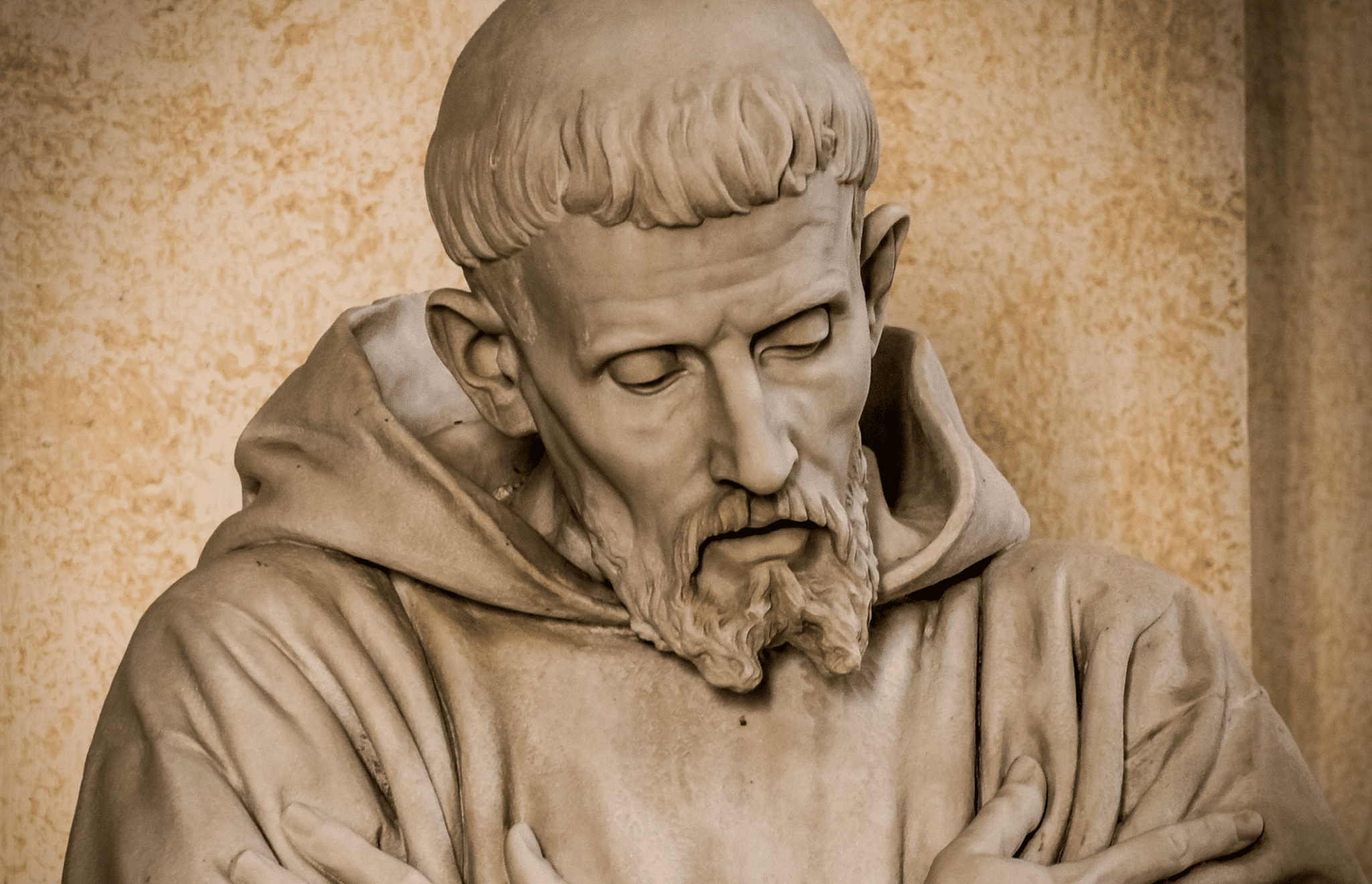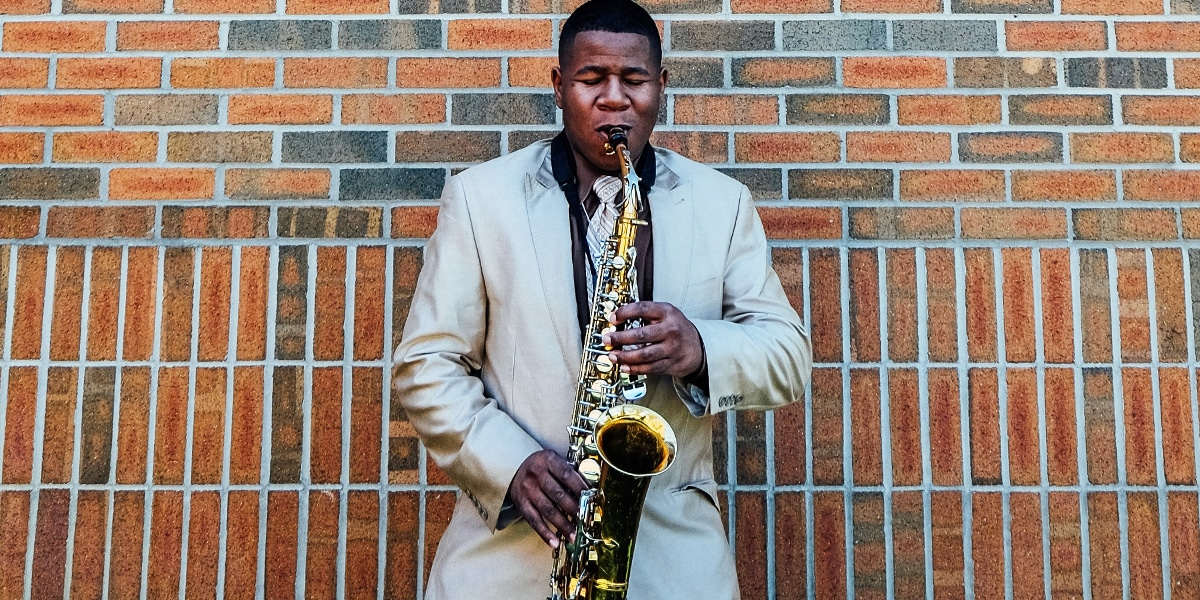From the time I read G.K. Chesterton’s St. Francis of Assisi as a young boy and learned what a jongleur was and fell in love with that joyful, tumbling man, I have been fascinated by the influence of medieval tales, especially those of King Arthur and the Knights of the Round Table, on young Francis Bernardone. He wanted to be a knight and a troubadour and later would use imagery from popular stories and poems that inspired him. These tales of medieval romance are an integral part of the spirit of joy and simplicity with which Francis embraced both the gospel and all of creation which has been transformed by the Good News of Jesus Christ.
As the son of a wealthy cloth merchant, Francis no doubt heard stories from his father about his cloth-buying trips into France and what he learned and heard there, especially during his trips to Champagne where Marie de Champagne, Countess of Champagne and Troyes, held court. She was the daughter of the famous and formidable Eleanor of Aquitaine, and Marie’s singer at court was Chretien de Troyes, who wrote the first Arthurian story, “Erec and Enide” (c. 1170). Pietro Bernardone, Francis’s father, social climber that he was, surely knew about the tradition of courtly love which has its origins in Poitiers, where Eleanor of Aquitaine had held court, and which her daughter Marie brought to the court of Champagne. Courtly love was a civilizing convention of the court between a knight and a lady he idolizes.
Many of the songs of the troubadours sing of this relationship and how the lady inspires virtue and feats of courage in the knight. At the time of Francis, troubadours (I Trovatori in Italian) were found as far south as Tuscany and Umbria. Francis had heard their songs and the stories of Arthur and his knights. Francis would have internalized these stories and songs until they became a part of his mythology in which, at least in his imagination, holy friars and saintly nuns became spiritualized knights and ladies.
And in fact, Francis used to say of St. Clare and her sisters that they were not to be called nuns, but Poor Ladies.
In 1227, the year after St. Francis’s death, or possibly between 1237 and 1239, an anonymous Franciscan author composed an allegory entitled Sacrum Commercium (“The Sacred Exchange”). This tale spells out the attainment of “perfect joy” in a language and a dynamic reminiscent of Chretien de Troyes and of the troubadours. The protagonists are Lady Poverty and her handmaiden, Lady Persecution; the antagonists are Lady Avarice and her handmaiden, Lady Sloth.
Francis and the brothers, like knights in love, go in search of Lady Poverty, who dwells within a high mountain, and they eventually bring her with them down the mountain to where they live on the plain. The movement down in order to ascend, disarming in order to arm, stripping in order to clothe, renouncing in order to possess, are the paradoxes that form the structure and meaning of what constitutes “perfect joy” in the Franciscan tradition.
The allegory of the Sacrum Commercium takes these paradoxes and focuses them on the friars’ relationship with Lady Poverty. The allegory begins with Francis pining for his lady like a lovestruck troubadour, or like the Lover in the “Song of Songs”: “Francis began to go about in the streets and crossings of the city, relentlessly, like a persistent hunter, diligently seeking her whom his heart loved.” But the people of the city do not understand him: “Sir, we do not know what you are saying. Speak to us in our own language and we will give you an answer.”
Francis then leaves the city and goes to “a certain field, where he saw afar off two elderly men….When blessed Francis approached these men, he said to them, ‘Tell me, I beg of you, where does Lady Poverty dwell, where does she feed, where does she lie at midday, for I am faint with love for her?’” The two men answer that “she has gone up into the mountain where God has directed her to go.” It is interesting that Lady Poverty has not gone up onto the mountain, but into the mountain, as into the womb, as into the cave of Mount Subasio, from which Francis, at the beginning of his conversion, was born again into a new relationship with God and creatures. Womb imagery is carried throughout this allegory, reminding the reader of the Earth goddess motif of pagan myth and allegory, and of the feminine nature of Love (Amor is feminine gender in Occitan, the Medieval Provençal language. Love is a lady.)
The way to this lady, the two men tell Francis, is to “take off the clothes of your rejoicing…[And] take faithful companions so that during the mountain’s ascent, you will have their advice and be strengthened by their help. For woe to the one who is alone!” In this passage are foreshadowed two of the essentials of the perfect joy that comes from embracing Lady Poverty: (1) Taking off the clothes of your previous rejoicing, over things that cannot bring you true joy and (2) renouncing the solitary quest. The origin of these essential Franciscan movements is revealed in Paul’s letter to the Philippians. Paul writes of Jesus Christ as one Who, being in the form of God, did not count equality with God something to be grasped. But he emptied himself, taking the form of a slave, becoming as human beings are; and being in every way a human being, he was humbler yet, even to accepting death, death on a cross. (Philippians 2:6–8)
Secondly, the divine emptying makes community possible, for from the divine emptying is born the church, the communion of the faithful, among whom are followers of Francis who embrace the Great King’s spouse and widow, the Lady Poverty, and embark on the quest, not as solitary knights, but as companions on the road, just as Jesus’s disciples went out two by two.
For the troubadours, the out-of-doors was the place and predicament from which they needed to rescue the lady of the castle and bring her back to the court, whereas the Franciscan Lady Poverty holds court outside the court, in the out-of-doors, thus reversing the tradition of courtly love. The Lady Poverty, for example, reclines in total nothingness; although most living creatures fear and flee from her, she clings to Christ her lover all the more faithfully the more he is despised by others. And her followers walk, rather than ride horseback as knights do.
Lady Poverty and her companions banquet on the grass, with the forest as the hall of the court; after the banquet, Lady Poverty lies down in her insignificance upon the bare ground, with a stone for a pillow. Then, after a peaceful sleep, she asks to see the brothers’ cloister, and they take her to a mountaintop and show her the world as far as she can see.
And they say, “This is our cloister.” The brothers embrace the whole of creation, and Francis becomes Creation’s troubadour and the jongleur of the Lady Poverty, who is the perfect Bride of Christ. It is this lady who embraces the Poor Christ as he embraces all of creation and transforms it with his love. That is the mystical marriage to which the brothers are called.
Their vocation on this level is to walk with Lady Poverty in a new garden of Eden that has been transformed by the passion, death, and resurrection of Christ. This early Franciscan myth undergirds the joy and praise, as well as the foolish antics, personified by Br. Juniper, who was dubbed the Holy Fool of God. Reflecting on how Francis and the brothers honored Lady Poverty has helped me to see how they lived their walking in the footsteps of Christ: not gritting their teeth in grim determination, but traveling joyfully, inspired by Lady Poverty, the Mystical Bride of Christ, the only one to ascend the cross with Jesus.








